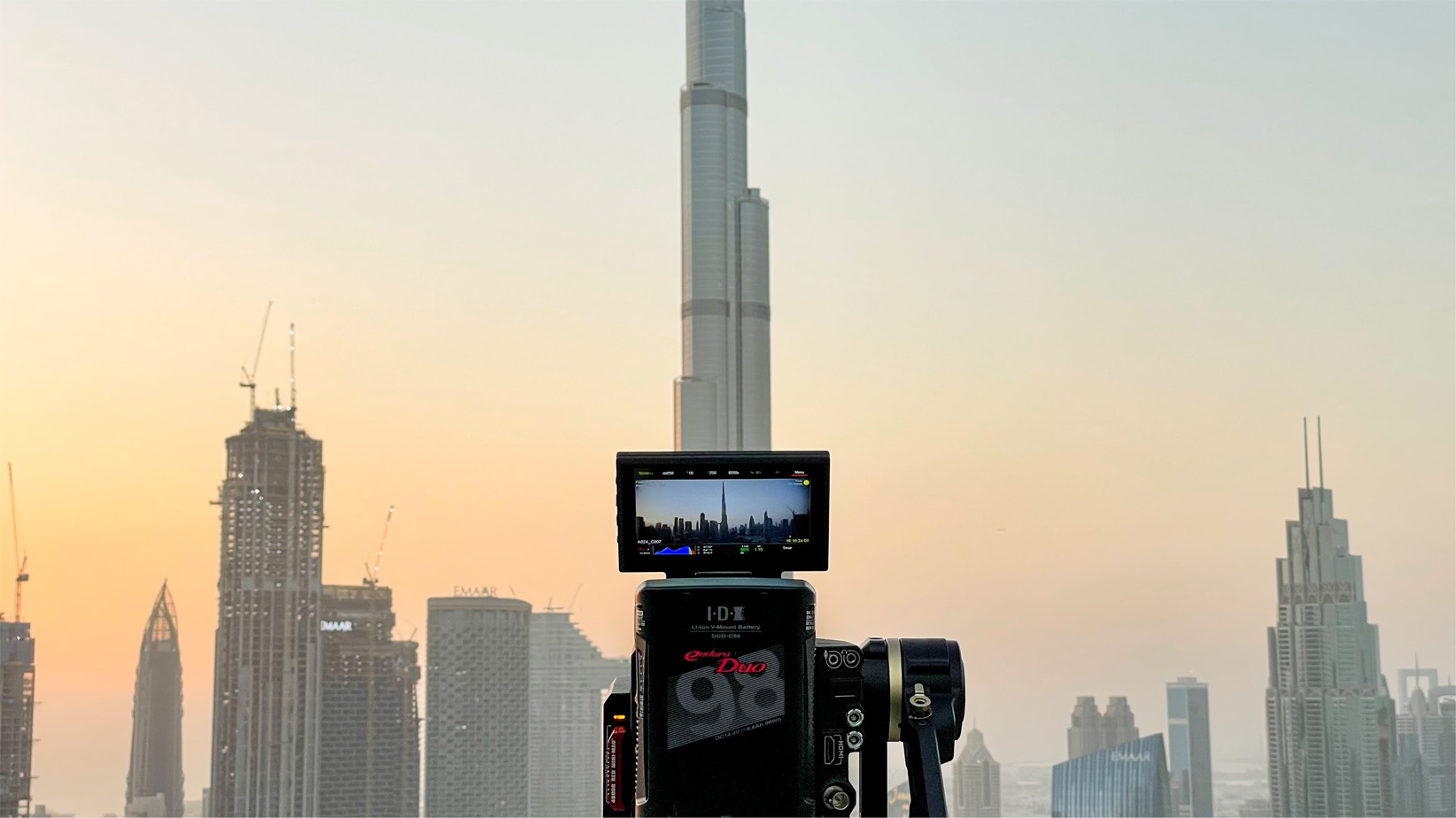It is increasingly common to use works (images, music, books, etc.) found on the internet in posts on blogs and websites, but not everyone understands the consequences of their use or has even heard of royalty-free.
Royalties are amounts paid for using and exploiting a specific material or commodity. In turn, royalty-free designates a type of licensing for the use of works protected by copyright.
In a royalty-free license agreement, the licensee acquires the right to use the work for life for any purpose provided for in the agreement, without having to pay additional royalties to those paid at the time of hiring.
The licensor, however, preserves the copyright over the work, and the licensee generally cannot relicense it to third parties.
WHAT IS THE DIFFERENCE BETWEEN COPYRIGHT FREE?

Confusion between terms is very common. However, they are different things. Copyright refers only to the right to use a copy of a given work.
However, acquiring a royalty-free use license does not imply that the work’s copyright is being purchased.
This means that, although it is possible to use it indefinitely, free of royalties, it does not belong to the licensor.
Here are some definitions to understand better:
Copyright: Indicates that all rights relating to that work, such as reproduction, alteration, distribution, and commercialization, belong to its creator or editor and can only be used with their authorization.
Rights-managed: This is a more rigid license than a copyright. In addition to requiring authorization from the author, it imposes specific guidelines for use.
Royalty-Free: Different from what the name might suggest, it is a paid license. The work is purchased and can be used freely and as often as the user wants.
Public domain: 70 years after the creator’s death, their work becomes public domain. That is, anyone can reproduce it or even market it without paying. The government maintains the public domain website which lists these works.
WHEN IS IT IDEAL TO USE IT?
When publishing something online, it’s imperative to ensure that the published content is properly licensed to avoid issues ranging from demonetization to legal issues.
In the case of images and music, for example, it may be more advantageous to use professional images or arrangements available on the Internet and free of royalties than to hire a photographer or a musician.
Also, such images are made for creators. In most cases, you can retouch, change color, or change images to best fit your campaign or post.
Many content creators on the internet use images without worrying about giving credit or the consequences for not having permission, this being the most significant point of attention.
They usually believe that by not performing any direct commercial activity with that image, they are not performing any act that violates the law. However, this way of thinking is incorrect.
HOW TO PROTECT YOURSELF?
- Look for image banks that have free copyrights
- Give the credits
- When possible, ask permission from the author of the work
- If relevant, produce your own images
Therefore, so that there is no risk of violating any type of copyright, it is important to use reliable sources, in addition to checking the type of license that the material requires, whether royalty-free or copyright free. Keep following our blog and follow our Instagram for more content.

